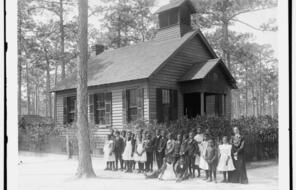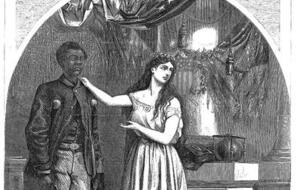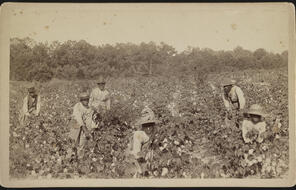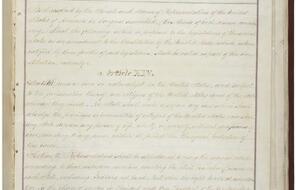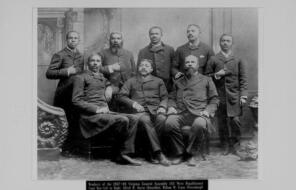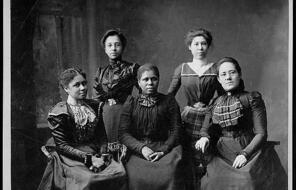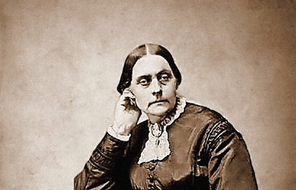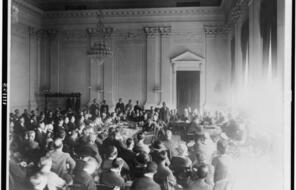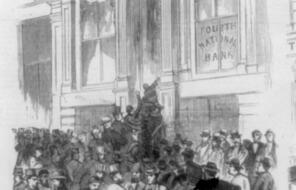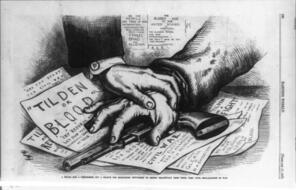The Brown Decision
This excerpt is taken from a 2006 investigation published by the Federal Bureau of Investigation (FBI). In May 2004, the FBI reopened the investigation of Emmett Till’s murder to determine whether other individuals were involved, working with the Mississippi District Attorney, the U.S. Attorney, federal attorneys, and local law enforcement.
Brown v. The Board of Education: On May 17,1954, the United States Supreme Court, in its decision on Brown v. The Board of Education, decreed schools be desegregated, that “separate but equal” education was unlawful. In Mississippi there was a strong reaction to the ruling. The editor of the Jackson Daily News, Federick Sullens, wrote:
“Human blood may stain southern soil in many places because of this decision, but the dark red stains of that blood will be on the marble steps of the United States Supreme Court building. White and Negro children in the same schools will lead to miscegenation. It means racial strife of the bitterest sort. Mississippi cannot and will not try to abide by the decision.”
Citizens, lawmakers and community leaders also reacted to the ruling. Mississippi Senator James O. Eastland, Governor Hugh L. White, judges and many other officials spoke out publicly, voicing their opposition to the Court’s ruling. Previously, private organizations had been formed in seventeen Mississippi counties to promote segregation. Following the ruling the movement to organize these groups gained speed.
The Citizens Councils: On July 11,1954, the Indianola Citizens’ Council was formed to promote segregation. The Indianola Citizens’ Council's plan for organization served as a model and soon other similar segregationist groups formed throughout Mississippi.
On October 12, 1954, the Association of Citizens’ Councils of Mississippi (ACCM) was formed. ACCM headquarters were initially located in Winona, Mississippi, then in 1955 moved to Greenwood, Mississippi. The ACCM Annual Report: August 1955 states the organization had 60,000 members in 253 Councils throughout Mississippi. The Councils openly promoted the cause of segregation through legal means and did not officially advocate violence. However, at least one Council flyer of the time reflects the organization’s use of intimidation and the fact the threat of violence was sanctioned.
1
- 1Federal Bureau of Investigation, Prosecutive Report of Investigation Concerning Emmett Till, 2006, https://vault.fbi.gov/Emmett%20Till%20/Emmett%20Till%20Part%2001%20of%2002/view.
Get the Reading
How to Cite This Reading
Facing History & Ourselves, “The <em>Brown</em> Decision”, last updated March 31, 2023.

